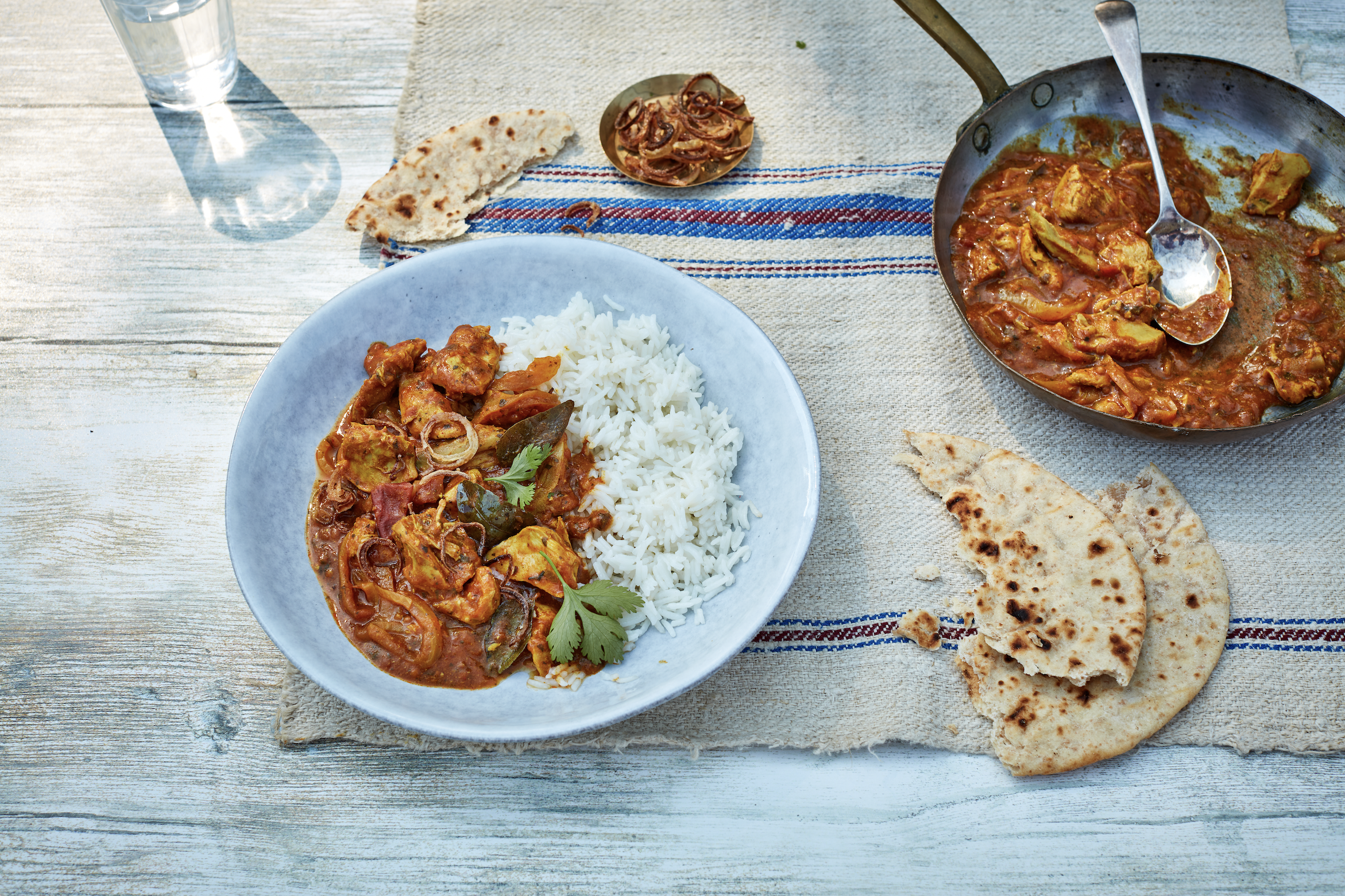The pioneers bringing wild game to the people

Game meat could be the sustainable, healthy, local solution to our protein problems
Game has long been seen as the food of the country set, only consumed in autumn and winter. Two businesses are working to change that: Somerset-based Wild and Game, which launched in 2017, and North Yorkshire-based Girl Gone Wild, which launched this year.
Both companies have a shared mission: to make game accessible to more people, encouraging them to try game – often for the first time – and develop a love of it. By doing this, they aim to increase the market for a protein source that has impressive sustainability credentials, high levels of protein and relatively low fat compared with farmed meats.
Both companies’ founders recognise that ready meals can be the gateway to game consumption for many people. Wild and Game introduced its own range soon after its launch, and now it’s started stocking Girl Gone Wild’s ready meals too.
Another affinity between the companies is that they sell their products frozen, making game available all year round – not just in game season.
Girl Gone Wild founder Mel Phipps had her lightbulb moment after she moved from a corporate job in London to a rural life in North Yorkshire. One day her husband brought home some fresh pheasant breasts. Neither of them was sure how to cook them but her husband decided to give it a go.
“He just pan fried them with some lardons we had in the fridge and they were absolutely delicious,” she says. “It was probably just beginner’s luck, but when I tasted it, it struck me that it was like old-fashioned chicken or really, really good quality organic chicken. It was dense and absolutely delicious.
“I remember saying to him, ‘It’s funny that people don’t eat more pheasant,’ and that got me thinking.”
Part of her motivation was the knowledge that the supply of pheasant far outstrips demand in the UK; much of it gets shipped abroad as there is such a small market for it here. A similar realisation led to the creation of Wild and Game in 2017.
“We really felt that game was the solution to a lot of the UK’s food problems,” says Wild and Game co-founder Steven Frampton. “Meats like pheasant and venison are in abundant supply here, and their production does not damage the environment – in fact, venison in particular is produced as the result of necessary culling to protect the ecosystem.
“The fact that game birds and animals are free to roam and forage naturally also creates lean, low-fat, flavoursome meat. So it’s a win-win scenario. The only challenge was to create the market for it.”
Wild and Game have been doing this steadily over the past six years by encouraging people to try game in accessible products such as pies, pasties, sausages, burgers and ready meals. The company also stocks a range of game meats and publishes monthly cookery booklets designed to inspire people to start cooking with came themselves.
“Many people start with our ready meals then graduate onto cooking their own game dishes,” says Steve.
The company’s turnover grew dramatically during the pandemic, when many people were keen to try eating something a little different at home – but crucially, the company has continued to grow since then. In 2022 it launched its first fundraiser with the aim of raising £200,000 to fund marketing and a move to its own distribution centre – but the public appetite was so great, it ended up raising £500,000.
The company has now moved to its own distribution centre in Yeovil and continues to build out its game offering. Stocking Mel’s products is part of that work.
“As soon as we tried Mel’s products we knew we had to stock them,” says Steve. “They fit perfectly with our approach, in that they are an accessible and convenient way to try game. The recipes are great, the meat is tender and there’s plenty of it.”
Mel’s recipes were the result of her own research and experimentation, combined with recipes from friends and input from her development chef.
Much of the work was done during lockdown – and during that period she broadened her net to include venison as well as pheasant.
“When I was talking to some pheasant processors about potential supply it became very obvious that the venison supply was as abundant, if not more of a problem in terms of over-supply,” she says.
“I wanted to package game meat in an unthreatening, non-challenging way for broader appeal,” she says. “To do that, we needed to focus on recognisable dishes – recipes that people know and love, and that are going to complement a first experience of these different proteins.”
Wild venison, chilli and fennel meatballs with puttanesca sauce, wild venison Bolognese, pheasant with creamy tarragon sauce and pheasant Keralan curry made the final cut. Priced at £9.50, they sit at the affordable luxury end of the ready meal market and comfortable feed two people.
“They complement our own range of ready meals very nicely,” says Steve. “We are always looking to partner with other producers of great game products – and these really fit the bill. We hope that more producers will start to appear as the market for game grows.”
“It’s fantastic to partner with Wild and Game – I love their ethos and their mission. Seeing their success means that this idea for getting people eating game is not just in my head!” adds Mel.
Asked what she feels has stopped game from going mainstream in the past, Mel highlights one factor as the lack of access to the meat outside of the shooting community.
“If you are eating these meats fresh, then clearly seasonality has an impact and on top of this, larger retailers have encouraged the packaging of these meats into premium value-added products such as stuffed birds and pies around the festive period which consolidates an impression that they are expensive, a treat and somehow ‘banquet’ food,” she adds. “It’s in stark contrast to the preferences of a younger, more health and taste-orientated customer.”
Although there are barriers to eating game, there are massive pull factors as well. “One of our key messages is to draw attention to the pheasant and venison meats that are sitting under our nose and similarly catch the zeitgeist of conscious consumerism,” says Mel. “People want to be eating meat that has higher welfare, is free to roam, and hasn’t been intensively farmed. I’m certainly not anti-farming, but personally I would rather eat an animal that has lived the majority of its life in the wild.”



